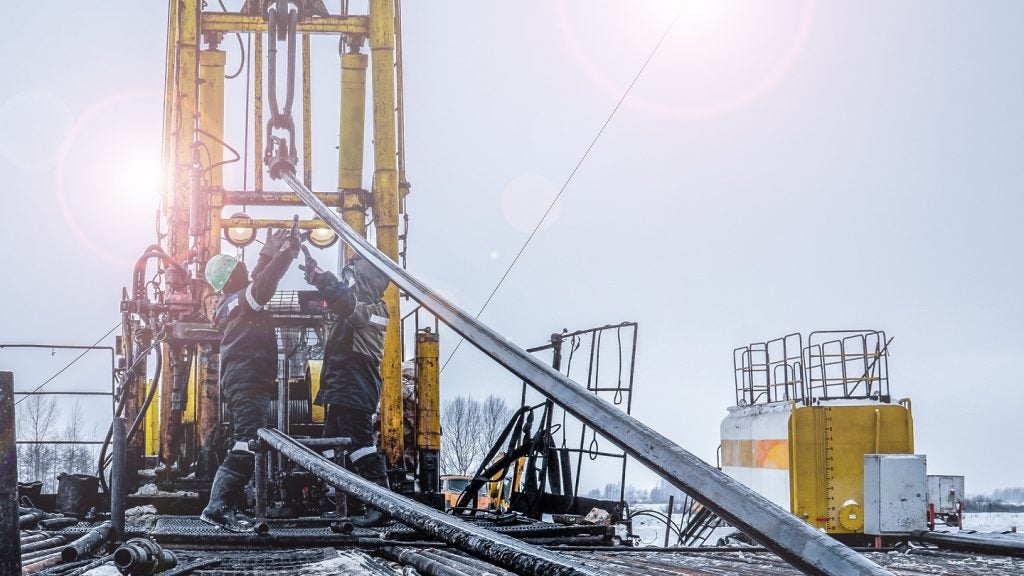Tanin is a conventional gas development located in ultra-deepwater in Israel and is operated by Energean Israel. According to GlobalData, who tracks more than 34,000 active and developing oil and gas fields worldwide, Tanin was discovered in 2012, lies in block I/16 Tanin, with water depth of around 5,100 feet. Buy the profile here.
The project is currently in approval stage and is expected to start commercial production in 2029. The development cost is expected to be $301 m. The Tanin conventional gas development will involve the drilling of approximately three wells and includes subsea manifold and subsea trees.
Field participation details
The field is owned by Energean.
Production from Tanin
Production from the Tanin conventional gas development project is expected to begin in 2029 and is forecast to peak in 2038, Based on economic assumptions, the production will continue until the field reaches its economic limit in 2041.
Contractors involved in the Tanin conventional gas field
Some of the key contractors involved in the Tanin project as follows.
Design/FEED Engineering: TechnipFMC
Main EPC: Semco Maritime and TechnipFMC
Other Contractors: Chevron, John Wood Group, The ERM Group, DSIT Solutions and Lankhorst Ropes
About Energean Israel
Energean Israel Ltd (Energean Israel) produces crude oil and natural gas. Energean Israel is headquartered in Bnei Brak, Israel.
For more details on the Tanin Conventional Gas Field, buy the profile here.
Data Insights
From

The gold standard of business intelligence.
Blending expert knowledge with cutting-edge technology, GlobalData’s unrivalled proprietary data will enable you to decode what’s happening in your market. You can make better informed decisions and gain a future-proof advantage over your competitors.






